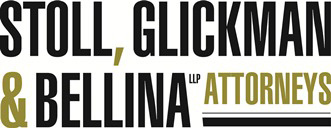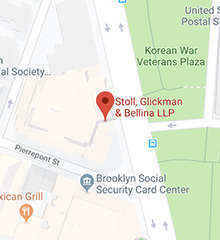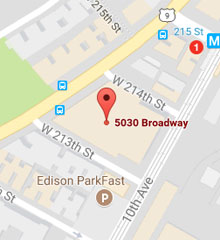In recent months the Second Circuit has handed down a few decisions that make evident a trend towards taking an expansive view of the anti-discrimination and anti-retaliation statutes in New York. As a result of these decisions, certain employment discrimination claims which may not have previously been actionable may now survive in court.
For starters, the Second Circuit has finally eliminated some confusion which has existed for employment lawyers as to whether the standard for liability under the New York City anti-discrimination statute, the New York City Human Rights Law (the “NYCHRL”), should be interpreted differently than its federal and state counterparts. Finally, the Second Circuit has weighed in, and the answer is a resounding YES!
While the NYCHRL has been continuously recognized as creating a significantly lower burden on employees attempting to establish discrimination, it is now clear that claims for discrimination and/or retaliation filed under the NYCHRL must be “analyzed separately and independently” from any federal or state claims. See Mihalik v. Credit Agricole Cheuvreux North America, Inc., No. 11-3361 (2d Cir. April 26, 2013). The Second Circuit’s opinion validated a handful of preexisting trial court opinions which found that the federal and state requirement that discriminatory harassment be “severe and pervasive” in order to be actionable does not apply to discrimination claims under the NYCHRL. The only relevance that the severity or pervasiveness of the harassment has under the NYCHRL is in measuring the damages incurred. Instead, employers may be liable for discrimination in New York City “simply [because of] the existence of differential treatment” based on a protected status (gender, age, disability, race, national origin, religion, or sexual orientation).
The Court held in Mihalik that to establish discrimination claims under the NYCHRL employees only need to demonstrate that they have been treated “less well” than other employees because of their protected status and that such treatment subjected them to a different terms and conditions of employment. Accordingly, even a single discriminatory comment might be actionable under the NYCHRL, so long as an employee can prove the conduct is, at least in part, caused by discriminatory motives. Practically, this means that if you work in New York City and believe you have been treated “less well” because of your status as a member of a protected class, even if it was only a single incident, you will be afforded the much more expansive protections of the NYCHRL.
Furthermore, the Mihalik Court took an equally expansive view of the NYCHRL’s anti-retaliation provisions. In essence, the Court held that in determining what conduct might be retaliatory, “workplace realities” must be considered. In holding such, the Court found that public humiliation or shunning of an employee who engaged in protected activities could reasonably deter an individual from opposing discrimination, which is all that is required to establish retaliation under the NYCHRL.
In a different case impacting potential NYCHRL and Title VII plaintiffs, the Court recently held that employers can be held liable for the actions of nonemployees under Title VII. This decision effectively aligned the Second Circuit with the majority rule – that an employer is liable for its own negligence in responding to the harassment of its employees by nonemployees under Title VII. See Summa v. Hofstra Univ., No. 11-1743 (2d Cir. Feb. 21, 2013). This means that if you are experiencing harassment in the workplace, and if your harasser is not an employee of your employer (such as a delivery person or an independent contractor), it will not give rise to a defense. Your employer may still be held liable for inadequately responding to the discrimination. However, in assessing such instances of discrimination the court “will consider the extent of the employer’s control and any other legal responsibility[ies] which the employer may have with respect to the conduct of nonemployees.”
Finally, the Court in Summa also held that anti-retaliation provisions will apply even after an employer appropriately and effectively handles an incident of discrimination. As such, employers have a continuing duty to ensure their employees do not face retaliatory actions for having raised an issue of discrimination in the first place. Thus, no matter how quickly and effectively your employer may address the discriminatory treatment you experienced, if they do not protect you from subsequent retaliation then they will not be able to avoid liability.
In sum, it has become increasingly apparent that the Second Circuit rulings will likely be protective of employees’ rights in anti-discrimination and anti-retaliation cases.


